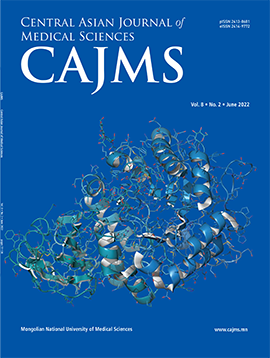Can Avicenna Help Manage the Diabetes Epidemic in Central Asia?
DOI:
https://doi.org/10.24079/cajms.2017.11.002Keywords:
Diabetes Mellitus, Ethnopharmacology, Traditional Medicine, Medicinal Plants, Metabolic Acidosis, Ibn SinaAbstract
Objectives: The fast-rising rate of diabetes incidents is a growing concern in Central Asian countries. This article reviews the current understanding of type 2 diabetes etiology, progression and treatment options along with opportunities for utilizing Avicenna’s legacy in developing novel botanical therapeutics. Methods: Analysis of relevant publications, including a variety of Avicenna’s work in Arabic, English and Russian. Results: With conventional treatment strategy shifting from single-component drugs aimed at one target to multitherapeutic combinations addressing the complex nature of many diseases and conditions, the role of multicomponent botanical preparations may increase. Diabetes mellitus is a serious chronic, progressive disease characterized by hyperglycemia, which is associated with a variety of comorbidities because of considerable damage, dysfunction and failure of multiple organs developed through the disease’s progression. Multidisciplinary collaborative research that encompasses innovative tools could be used for effective development of new comprehensive therapeutic products and treatments based on knowledge of traditional medicine and supported by contemporary scientific validation. Conclusion: Comprehensive analysis of Avicenna’s 1,000-year-old approach to the treatment of prediabetes and diabetes provides valuable directions in the search for plant-based treatments. Botanical therapeutics may provide relatively inexpensive and safe methods for diabetes treatment.
Downloads
249
Downloads
Published
How to Cite
Issue
Section
License
Copyright (c) 2017 Mongolian National University of Medical Sciences

This work is licensed under a Creative Commons Attribution-NonCommercial 4.0 International License.




